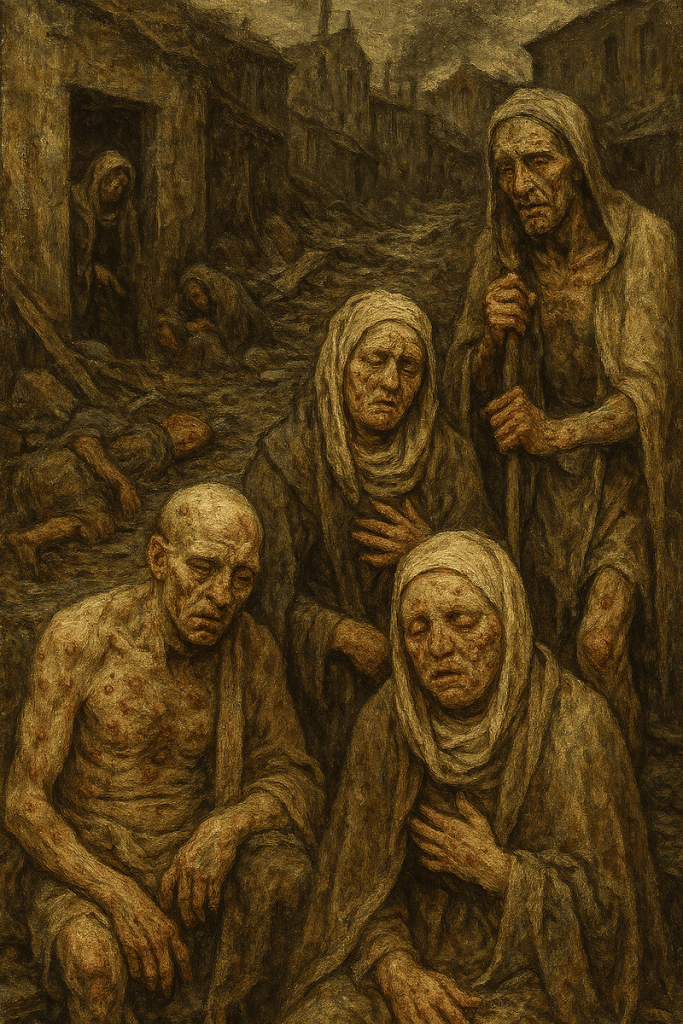
The Black Death was one of the most lethal pandemics in the history of humanity, sweeping Europe between 1347 and 1351. It was brought on by the Yersinia pestis bacterium, which was spread along trading routes and entered Sicily on board Genoese ships. The plague presented in bubonic, pneumonic, and septicemic forms, causing fever, boils, and excruciating pain. The sheer number of deaths—placed at 25 million Europeans, at most a third of the population—indelibly changed the trajectory of the continent.
The decline of feudalism
The enormous loss of lives revolutionized the social composition of Europe. The feudal system, founded upon an enormous peasant population to work the land for a lord, broke down as labor was an expensive and scarce commodity. Survivors, suddenly so much in demand, could negotiate for better pay, better working conditions, and land, accelerating the decline of serfdom in most of the nation. Landowners resisting such changes sometimes were confronted with peasant rebellions, demonstrating a new balance of power. This increased social mobility basically undermined the old hierarchy.
Ecomomic and technological changes
The economic impact was both negative and, in some aspects, beneficial. On the short term, trade collapsed and productive activity came to a stop, leading to inflation in commodities and deflation in property. However, in the long term, the lack of labor encouraged innovation. Labor-intensive grain farming gave way to less labor-intensive animal husbandry, and surviving peasants enjoyed higher real incomes and increased living standards. This redistribution of wealth reduced economic inequality significantly.
A new religous climate
The Black Death left a profound effect on religious institutions and belief. The plague was generally perceived as God’s wrath on human sinfulness, leading to increased religious fanaticism, such as the Flagellant movement. At the same time, the authority of the church declined. Since so many priests perished, remaining priests were inexperienced and young, and others absconded rather than administering last rites. The inability of the church to produce a cure or solution brought about a crisis of faith and ultimately helped set the stage for the Reformation.
Cultural and psychological shifts
The sheer scale of destruction of the plague resulted in European society suffering a profound and long-lasting psychological effect. Art and literature became morbid, with evidence of mass pessimism and death obsessions. There was a new realism in the arts, based on intense feeling and individual mortality. But the experience also generated intellectual growth. The limits of ancient medical dogma were revealed, stimulating a new empirical approach to medicine and disease. Along with this shift, and added to it, came the founding of new universities, and the Scientific Revolution began to open up.